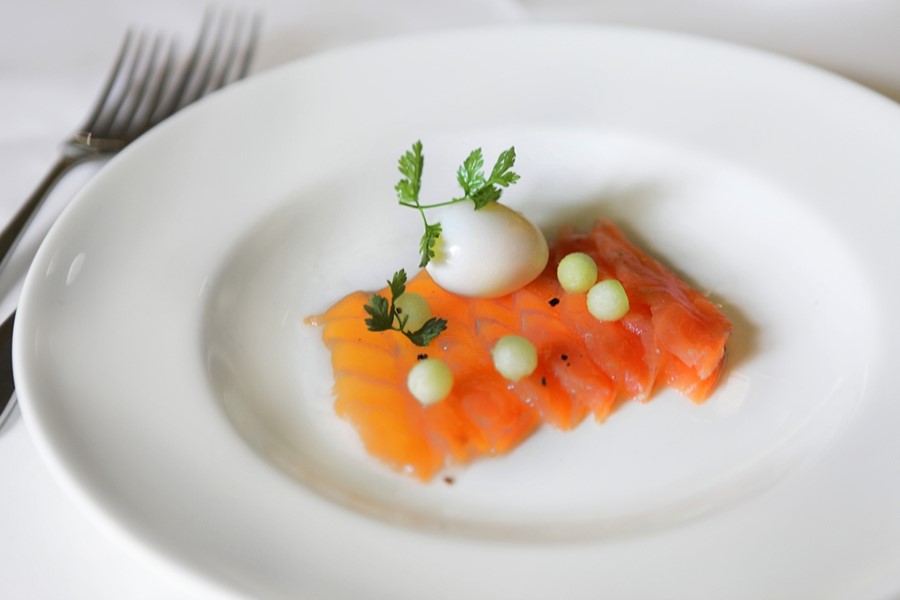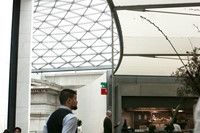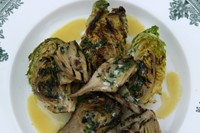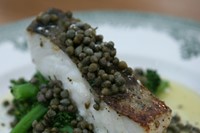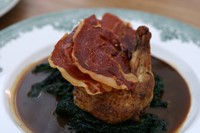The Hunger dines among the artistic elite at the British Museum and Tate Britain
What could be more civilised than a good meal and a glass of wine after touring a museum or gallery? Already elevated by the exposure to art or historical objects, dining out offers the opportunity to rest and reflect. Until now however, the in-house pickings at most institutions have been just that: institutional. With notable exceptions – the Continental-style brasserie at the National Portrait Gallery, the contemporary Food Hall at the Barbican – the idea has proved more enticing than the reality. But recently, many of London’s favourite cultural hubs have wised to the fact that visitors are craving more than just food for their minds, they’re interested in the culinary arts as well.
"Until now however, the in-house pickings at most institutions have been just that: institutional"
The Great Court restaurant is reached by ascending the British Museum’s grand central staircase. It is an aerie of sorts under the expansive glass roof that lets diffuse light envelope the museum’s interior, and the dining room offers an almost vertiginous view of the ground and sky. Replete with unobtrusive Nordic furniture, the space is uncluttered and expansive yet welcoming. This is the first restaurant venture undertaken by the British Museum, and they seem to have struck beginner’s luck. The perfect texture of the thin and delicious beef carpaccio with shaved fennel is only matched by the subtle earthy flavours of the warm globe artichokes and chargrilled baby gem with garlic and chive butter. Roast hake with caper and parsley butter and chicken saltimbocca – traditional mains at heart – are pleasing if conventional. The roast pineapple ‘carpaccio’ with coconut ice cream is sweet and elegant. Exhibition-inspired menus tie the whole experience together – the latest is based on Vikings: Life and Legend, and is a nod to current Scandi-cusine. The beautiful Burleigh pale-green patterned table service adds a welcome touch of traditional glamour to the outing.
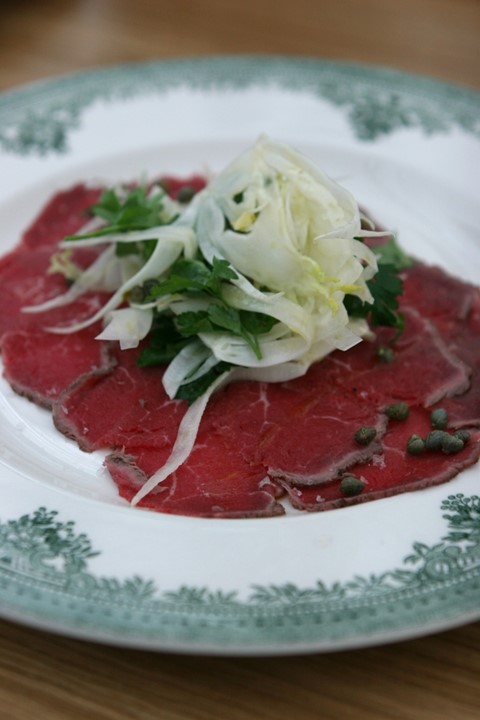
Further south, the Tate Britain has just reopened the Rex Whistler restaurant. After extensive refurbishments to the whole building, the popular dining spot has revamped its seating and the famous wall mural has been cleaned. Having started as a refreshment room for the gallery’s board, the space was turned into a restaurant in 1927, garnering immediate attention for its enormous fantastical mural, painted by young artist Rex Whistler and delightfully entitled ‘In Pursuit of Rare Meats’. The atmosphere is muted and slightly formal, the menu features carefully updated classics – apropos for the surrounds. Thick-cut salmon cured in apple juice and served with a quail’s egg is an excellent starter, as is the Dorset air-dried mutton. The comforting cauliflower cheese bread pudding with salsify lives up to its name, and the lemon sole stuffed with anise herbs and served with mussel sauce is a nostalgic nod to saucy French techniques. It’s recommended to opt for the wine pairing as the restaurant is known for its excellent working cellar – one of the few places with the capacity to lay down their wines, which helps with proper aging.
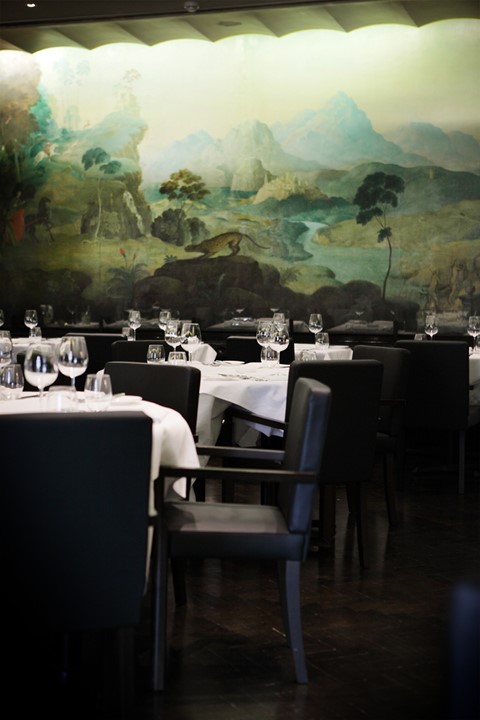
The Great Court and the Rex Whistler are only open for lunch, though this provides additional charm, whether you’re wiling away a Saturday afternoon or enjoying a mid-week retreat. We’ve no doubt the institutional-dining trend will continue, and there will be plenty more cilivised afternoons to enjoy.
The Great Court restaurant is at the British Museum. The Rex Whistler is at Tate Britain.
Text by Ananda Pellerin
Ananda Pellerin is a London-based writer and editor, and Neil Wissink is a visual artist also based in London. Read more from The Hungerhere, and contact The Hunger here.
